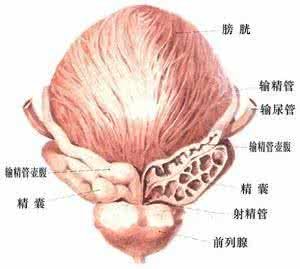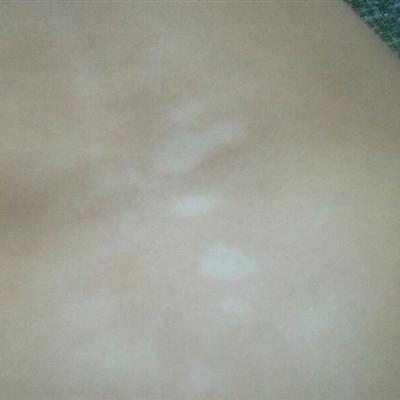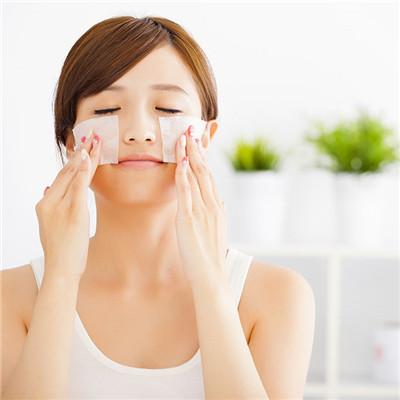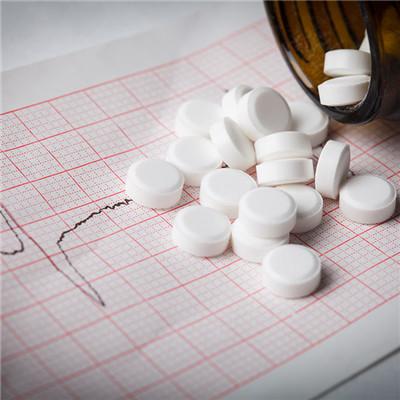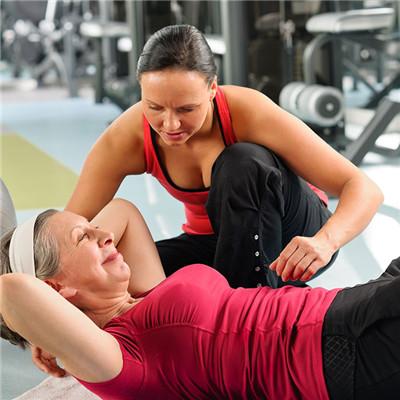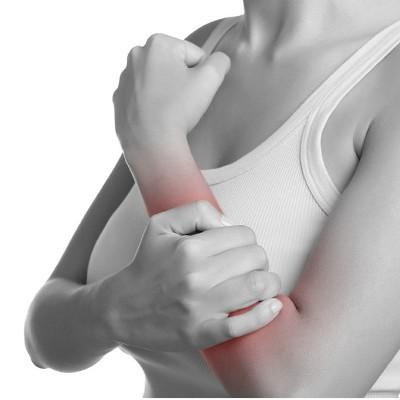Symptoms of psoriatic arthritis
summary
Psoriatic arthritis (PSA) is a kind of inflammatory arthritis associated with psoriasis. It has a psoriasis rash accompanied by pain, swelling, tenderness, stiffness and dyskinesia of joints and surrounding soft tissues. Some patients may have sacroiliac arthritis and (or) spondylitis, the course of disease is prolonged, easy to relapse. Ankylosis may occur in the late stage. About 75% of the patients had rashes before arthritis, about 15% of the patients had rashes at the same time, and about 10% of the patients had rashes after arthritis. The disease can occur at any age, the peak age is 30-50 years old, there is no gender difference, but the spine is more affected in men. Psoriatic arthritis symptoms? Let's talk about it
Symptoms of psoriatic arthritis
Monoarthritis or oligoarthritis accounted for 70%, mainly in the distal or proximal interphalangeal joints of hand and foot. The knee, ankle, hip and wrist joints can also be affected, and the distribution is asymmetric. Due to the joint synovitis and tenosynovitis of distal and proximal interphalangeal joints, the damaged fingers (toes) can present the typical dachshund fingers (toes), often accompanied by fingernail lesions. About 1 / 3 or even 1 / 2 of the patients with this type of disease can develop into polyarthritis.

Symmetrical polyarthritis accounted for 15%. The lesions were mainly proximal interphalangeal joints, involving distal interphalangeal joints and large joints, such as wrist, elbow, knee and ankle.
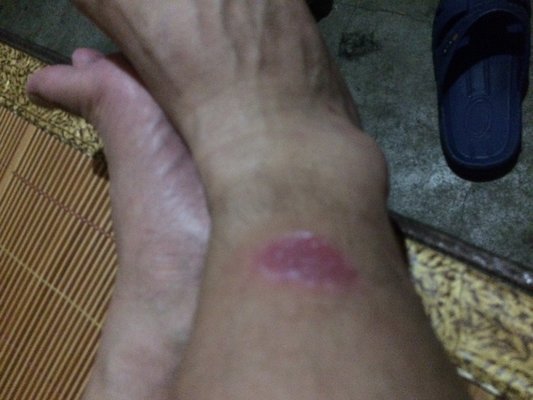
About 5% of psoriatic arthritis patients are of destructive joint type, which is a serious type of psoriatic arthritis. It usually occurs in 20-30 years old. The affected fingers, palms and metatarsals may have osteolysis. The knuckles often have telescope like "intussusception". The joints may be ankylosed and deformed. It is often accompanied by fever and sacroiliac arthritis. This type of skin psoriasis is often extensive and severe, for pustular or erythroderma type.
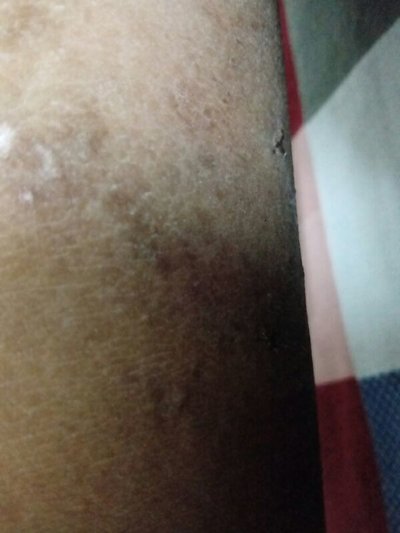
matters needing attention
Remove all possible inducing factors, such as prevention and treatment of tonsillitis or upper respiratory tract infection, avoid trauma and mental trauma, stimulation, excessive tension and other mental factors, maintain good eating habits, avoid spicy food. Strengthen physical exercise, improve the body immunity.

